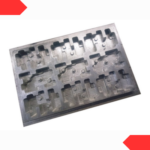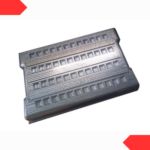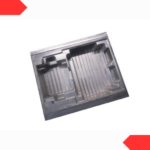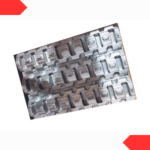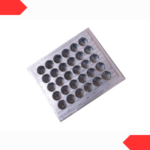VMC Tool & Mold Making
Mold making through a Vertical Milling Center (VMC) is a precise and efficient process that enables the production of high-quality molds for various industries. VMCs offer numerous advantages in terms of accuracy, versatility, and speed, making them an ideal choice for mold making applications. In this description, we will delve into the details of mold making through a VMC and highlight its key aspects.
Mold making is a critical step in various manufacturing processes, such as plastic injection molding, die casting, and other molding techniques. A mold serves as a precise and durable tool that shapes molten material into the desired form, allowing for the mass production of parts with consistent dimensions and specifications.
The process of mold making through a VMC involves several steps, including design, material selection, programming, setup, machining, and finishing. Here’s a breakdown of the key aspects involved:
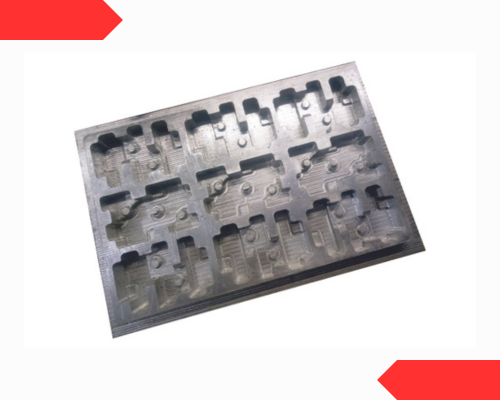
Design:
The mold design process starts with the creation of a 3D CAD model that represents the desired shape and features of the final product. The mold design takes into account factors like material flow, part ejection, cooling channels, and other considerations to ensure optimal mold performance. CAD software allows designers to create complex geometries and generate toolpaths for the VMC.
Material Selection:
The selection of the mold material depends on the specific requirements of the manufacturing process. Common mold materials include tool steels, aluminum, and various alloys. Factors such as part complexity, production volume, material properties, and cost play a role in determining the appropriate material for the mold.
Programming:
Once the mold design is finalized, the CAD model is imported into CAM (Computer-Aided Manufacturing) software. CAM software generates the toolpaths and instructions required for the VMC to accurately machine the mold. This includes determining the appropriate cutting tools, speeds, feeds, and toolpath strategies to achieve the desired mold shape and surface finish.
Setup and Machining:
The VMC setup involves securing the mold material in the machine’s workholding system, such as vises or fixtures. The cutting tools are then loaded into the machine’s tool magazine, ready to perform the machining operations. The VMC utilizes its multi-axis capabilities to accurately and efficiently remove material from the mold block, following the programmed toolpaths. The machine’s spindle, equipped with cutting tools, rotates at high speeds to perform various cutting operations, such as milling, drilling, and contouring.
During the machining process, the VMC precisely removes excess material, creating the cavities, cores, and other features of the mold. The mold design and CAM programming ensure that the toolpaths and machining operations result in the desired mold shape and dimensions. The VMC’s high precision and rigidity contribute to the accurate replication of the mold design.
Finishing:
After the rough machining is complete, the mold undergoes a finishing process to achieve the required surface quality. This involves the use of finer cutting tools and strategies to remove any remaining tool marks or imperfections. The VMC’s high spindle speeds and precision allow for the creation of smooth and precise surfaces on the mold.
Advantages of Mold Making through VMC:
Precision and Accuracy:
VMCs are known for their exceptional precision and accuracy. They can machine molds with tight tolerances, ensuring the produced parts meet the desired specifications. The VMC’s rigid structure and precise positioning capabilities contribute to the accuracy of the machined mold.
Versatility and Flexibility:
VMCs offer versatility and flexibility in mold making applications. They can handle various mold materials, including steels, aluminum, and alloys. VMCs can accommodate different mold sizes and shapes, making them suitable for both small-scale and large-scale mold production.
Efficiency and Productivity:
VMCs provide efficient and speedy mold making capabilities.

